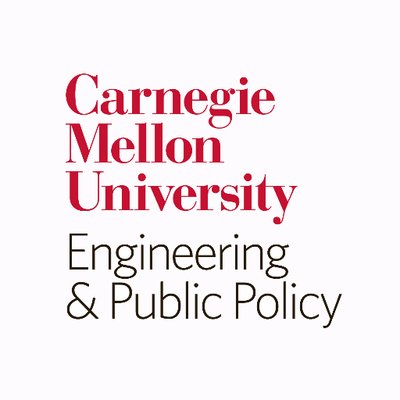Nuclear power generates about twenty percent of the electricity in the U.S. from a fleet of ninety-eight nuclear power reactors at sixty-one nuclear power plants. Unlike all other forms of power generation in use, there is a public fear of nuclear reactors and materials. Fear of nuclear war, fear of the stealth health effects of nuclear radiation, and fear of major nuclear accidents all contribute to this public concern. There is no argument that there are significant dangers to the use of nuclear power. The only question is what the probability of such things and what the cost would be if they occured.
Parth Vaishnav is a Carnegie Mellon University Department of Engineering and Public Policy Assistant Research Professor and Ahmed Abdulla is a post-doctoral fellow at the University of California San Diego School of Global Policy and Strategy. Vaishnav and Abdulla have conducted a study which has led them to conclude that the U.S. public would be more interested and supportive of nuclear power generation if this fear were not present. Their study was aimed at quantifying the level of this fear in a paper published in the Energy Policy journal.
The pair of researchers requested that a sample of twelve hundred respondents each create a power generation portfolio that would significantly cut carbon dioxide emissions. Half of the sample group were given a set of labels that included gas, coal, nuclear, wind, solar, etc. The other half of the sample group was shown the degree of environmental and accidental risk that each energy source posed. All of the sample group were given the number of deaths that resulted from the worst accident for each of the energy sources.
The team said in their paper, “Despite decades of analysis focused on public attitudes about nuclear power, there remains a gulf in understanding the difference between the technology's statistical risks and the dread it evokes. Experts often emphasize statistical risk levels -- for example, the often-cited claim that radiation releases from the Fukushima nuclear accident didn't kill anyone -- with the hope that better public awareness will yield greater political support for the technology.”
The team concluded that efforts to make nuclear technology safer and efforts to communicate that improvement to the U.S. public alone would not be sufficient to persuade more citizens to support the use of more nuclear power. The part of the sample group that were only given the labels for the energy sources consistently chose less nuclear power than the part of the sample group which was shown the risks associated with each energy source.
The researchers said, “Our results suggest that dread about nuclear power leads respondents to choose 40% less nuclear generation in 2050 than they would have chosen in the absence of this dread.” The research team hopes that their research will help predict whether the U.S. public could be convinced to support more nuclear power if this pervasive fear could be reduced.
I have been saying for years that there are two factors that will ultimately kill nuclear power as a major source of energy in the future. One of those is the increasing cost which will scare off investors and government officials. The other factor is the fear that is the subject of the study mentioned above. Whether warranted or not, one more major nuclear accident anywhere in the world will sharply increase the fear the U.S. public holds for nuclear power and reduce their support for more nuclear power reactors.
